The MGH invite you to join us on a trip through 200 years of medieval research history: The series “Treasures of the MGH Library and Archive” presents a treasure trove of rare and fascinating items illustrating key moments of our history. Enjoy discovering!
The four small parchment snippets on display here bear witness to momentous developments in the Early Middle Ages. They are relics of the time as monks came from the British Isles to spread Christianity in Northern Europe. In the course of the Anglo-Saxon mission, St. Boniface founded the diocese of Salzburg in 739, whence our manuscript originated. These fragments are all that remain of a psalter written in Salzburg in the eighth century.
The codex, which must have originally been of considerable size, was cut to pieces at an unknown place and time, when its main value was apparently that of providing material for book bindings. Some 800 years after being written, the four fragments on exhibition were used to stiffen the spine of a book containing commentaries on Horace’s poetry. In the 17th century, this volume was owned by the family Kern living in Riga. In the 19th century, it came into the possession of the Munich mediaeval Latinist and manuscript researcher Ludwig Traube (1861-1907), who bought it without knowledge of the precious secret in its binding. After Traube’s death, his library passed into the ownership of the MGH. Probably in the course of the library’s move to Munich after the Second World War, the book’s cover suffered some damage – thereby revealing the four parchment snippets!
The familiar and easily legible script used in our fragments points to a second important historical context of their origins: the so-called „Carolingian Renaissance“. 1200 years ago, under the reign of Charlemagne, a new script was developed to improve the legibility of writing: the Carolingian minuscule. The letters are much the same as those we use today in print. But our snippets have still more to relate. Besides the characteristics of the Carolingian minuscule, the letters have elements of an even older script in use on the British Isles: the insular half-uncial script. This raises a number of exciting possibilities: Was the scribe who penned our parchment snippets an Irishman? a Scot? an Englishman? Or was he copying a manuscript which the first missionaries had brought with them from their island home?
A. Marquard-Mois
Learn more about this rare find in the MGH archive in: Arno Mentzel-Reuters: Auf der Suche nach einer neuen Schrift. Das Fragment eines Salzburger Psalters aus dem 8. Jahrhundert, in: Mittelalter lesbar machen. Festschrift 200 Jahre Monumenta Germaniae Historica, 2019, S. 86.



